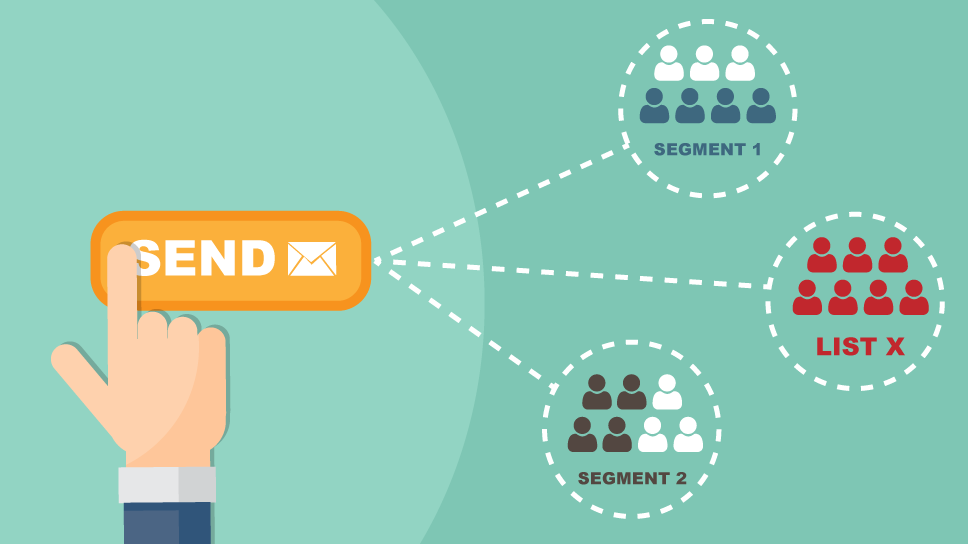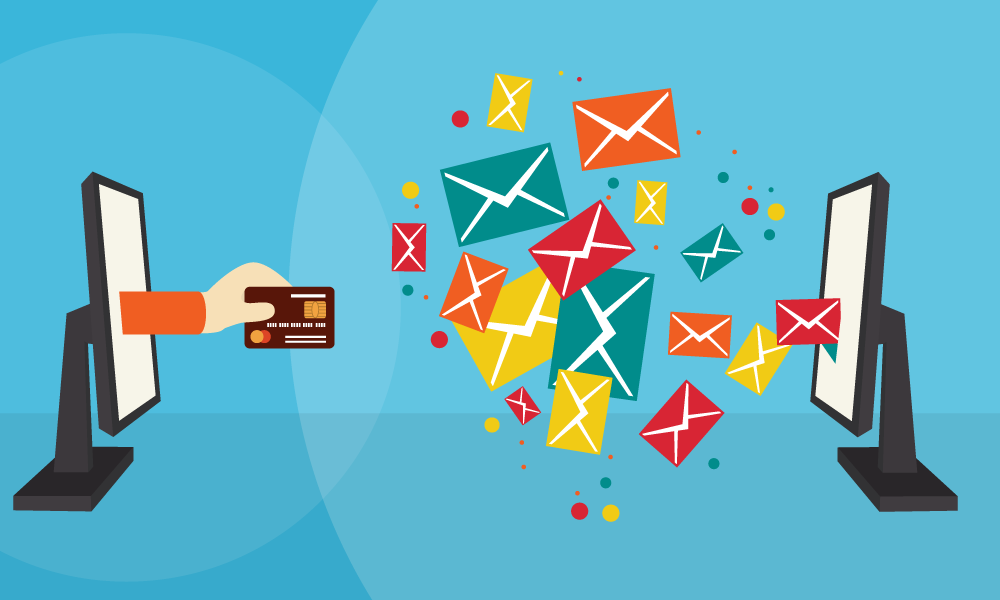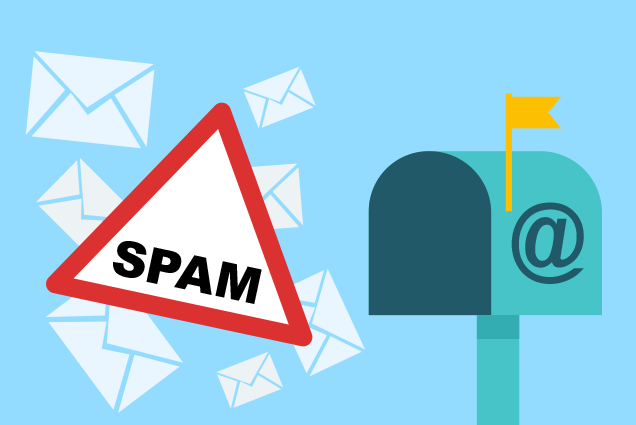With Emailchef, you can send your newsletters to a selection of one or more of your contact lists. This multi-list sending lets you expand or narrow your audience according to the content of your newsletter and the message you want to communicate.
Once you are familiar with multi-list sending, you can take the next step.
As a professional email marketer, you’ll soon find yourself with a database containing a large number of different contact lists. That’s fine for most communications. Announce a new feature for one of your products, for example, and you can blast out a message to everyone who bought that product. But what should you do if the same campaign interests different contacts on multiple lists?
Emailchef lets strike your targets surgically!
This is where list segmentation comes into play. One of the strengths of email marketing is the ability to segment lists. That means profiling users and dividing them into categories based on personal characteristics, such as taste, frequency of purchase, language, and much more. It lets you send even more personalized emails that transcend single lists.
And it works. Segmented email marketing campaigns have opening rates more than 14% higher than similar, non-targeted promotions.
Differences Between Contact Lists and Segments

Collecting contacts for email marketing is demanding. Once you’ve collected them, you really want to keep them constantly informed about offers and news. You want to keep tapping your list, maximize its value, and build return customers!
But there are a couple of issues to bear in mind.
First, think twice before sending emails to an entire contact database or to lists that are large and heterogeneous. Some subscribers who have no interest in the offer will unsubscribe. But if the message only goes out to groups of users with similar characteristics, the reaction will be positive.
Secondly, there is a reason that we talk about groups rather than a single group. Sure, sometimes you’ll need to send highly targeted sendings that hit only one list of users with a specified characteristic—and sometimes even a single person, such as an automated renewal reminder.
Usually, however, you won’t have the time to create specific content for each of your different lists. But you can send newsletters to a selection of contacts with shared characteristics that will make your message particularly relevant. This selection, which can bring together contacts from different lists, is a “segment.” With Emailchef you can create as many segments as you need. We’ll show you how.
The difference between contact lists and segments at a glance:
- Lists are groups of contacts that you import directly from an external source;
- Segments are sub-lists that you build from your set of lists, extracting only the contacts that meet certain characteristics, such as country of origin, newsletter subscription, date of registration, etc.
The Advantages of Sending Emails by Segments
Imagine that a hotel in Paris records customer contacts, dividing them between French speakers and everyone else. They have two lists: one for French content and one for English content.
Now imagine that the hotel wants to make a last minute offer to all customers, with the aim of tempting them to make another reservation. The hotel would use Emailchef to create three segments:
- Occasional French customers;
- Regular French customers;
- Non-French regular customers.
Each segment would receive one of two newsletters: a French newsletter for the first two groups; or an English newsletter for the third group. The hotel would only have to send its campaign twice.
Thanks to the segments it created, the hotel doesn’t need to to do anything else. By splitting its starting lists wisely, the hotel was able to reach its audience quickly and efficiently.
Segmentation allowed the hotel to:
- Customize the target of its communication;
- Send a newsletter according to its own schedule;
- Create a targeted campaign with limited effort and great precision.
Not sure how to proceed? Our team is happy to help you manage your email marketing efficiently. Feel free to ask for help. Start by watching the tutorial below.
Segment and Send Easily with Emailchef
At Emailchef, we really wanted to make it easy to create segments from contact lists.
Once you’re accustomed to using segments, you will find that continuously creating separate lists will feel outdated. A few lists are enough to build flexible and highly personalized contact segments and reduce the risk of sending the same message to the same recipient when email addresses have been loaded into multiple lists.
- Emailchef will never send a message multiple times to the same email address in the same marketing campaign.
Need inspiration before you start segmenting? Find some ideas here.








